On May 19, at exactly 5 pm Moscow time, a long-anticipated phone call took place between Russian President Vladimir Putin and US President Donald Trump. Spanning more than two hours, the conversation came amid fresh diplomatic tremors in the ongoing Russia-Ukraine conflict, following the resumption of direct negotiations between Moscow and Kyiv in Istanbul. The Kremlin later described the call as “very useful,” and both leaders seemed to treat the discussion not as a perfunctory gesture, but as a potential turning point in the grinding war that has reshaped the global order since 2022.
The significance of this call cannot be overstated. While President Joe Biden’s administration has maintained a hardline stance on Russia, advocating continued military support for Ukraine and emphasizing territorial integrity, Trump’s intervention marks a dramatic departure. Declaring his intent to “stop the bloodbath,” Trump is reasserting his role on the world stage as a self-styled dealmaker and peace broker, even without the backing of the US State Department.
According to Kremlin spokesman Dmitry Peskov, the Putin-Trump call should be viewed within the broader context of the latest peace talks in Istanbul. Those Turkish-mediated negotiations – the first direct talks between Russian and Ukrainian delegations since 2022 – yielded what Moscow has called a “constructive” dialogue. Key developments included the mutual presentation of ceasefire conditions, initial steps toward a large-scale prisoner exchange, and talks about a second round of negotiations. Most notably, discussions are underway about the possibility of a direct meeting between Putin and Ukrainian President Volodymyr Zelensky.
Putin, speaking shortly after the May 19 call, confirmed that he and Trump discussed these new developments and potential diplomatic solutions in detail. “We’ve agreed with the US president that Russia will propose and be ready to work with the Ukrainian side on a memorandum on a potential future peace agreement,” said Putin. This memorandum, according to the Kremlin, would outline the principles of a settlement, the timeframe for peace implementation, and potentially a ceasefire period.
Trump’s role in this unfolding drama is both unconventional and controversial. With no formal diplomatic standing but enormous political clout as the presumed Republican frontrunner for the 2024 US election, Trump’s efforts could significantly influence both the trajectory of the war and global perceptions of US foreign policy.
Trump’s involvement in high-stakes negotiations – without official authorization from the Biden administration – has provoked mixed reactions in Washington. While some view it as a welcome effort to inject urgency into stagnant peace efforts, others see it as an undermining of formal diplomatic channels.
For Ukraine, the situation is even more delicate. According to The Washington Post, top Ukrainian officials, including President Zelensky, are alarmed by Trump’s direct engagement with Putin. There is growing fear in Kyiv that Trump may negotiate a framework or make concessions behind closed doors that effectively sideline Ukraine’s interests. One unnamed Ukrainian diplomat described the call as a potential “fait accompli,” wherein Trump and Putin forge an agreement that Kyiv is left to simply ratify – or resist at its peril.
In a symbolic move that underscores these anxieties, Zelensky reportedly scheduled a meeting with US Vice President JD Vance to raise concerns and secure assurances that the US would not support any agreement that compromises Ukrainian sovereignty or legitimizes Russian territorial gains.
Putin’s rhetoric following the call emphasized the Kremlin’s openness to a peaceful settlement but remained anchored in long-standing demands. “Any peace must reflect the new realities,” he stated – a clear reference to Russia’s military control over parts of eastern and southern Ukraine, which it claims to have annexed.
This insistence on the “new realities” clashes head-on with Ukraine’s position and that of its Western allies, who demand the full restoration of pre-2022 borders. For Ukraine, conceding any territory is tantamount to legitimizing Russia’s invasion. For Russia, giving up gains is politically and militarily implausible.
Herein lies the central tension that Trump’s initiative seeks to navigate: the space between political feasibility and moral legitimacy. Any peace plan that fails to resolve this core contradiction risks being either unacceptable to one party or unsustainable over time.
Trump’s renewed interest in foreign diplomacy may stem in part from electoral strategy. With his 2024 campaign ramping up, a diplomatic breakthrough – or even the appearance of progress – in Ukraine could bolster his image as a global leader capable of achieving what others cannot. His team, including special envoy Steve Witkoff, has been actively working behind the scenes for months, holding meetings in both Kyiv and Moscow in what appears to be a coordinated peace effort.
Witkoff told reporters that the Putin-Trump call could be a “reset moment,” breaking what he described as a “logjam” in negotiations. According to him, both Russia and Ukraine are “exhausted” and increasingly open to internationally-backed ceasefire mechanisms, particularly if they involve powerful stakeholders like the United States and Türkiye.
While Moscow has cautiously welcomed Trump’s overture – emphasizing that any help toward a peaceful solution is appreciated – it has also warned against Western interference that pressures Kyiv toward “maximalist goals.” Russian officials remain wary of NATO’s influence and Western intentions, accusing the alliance of prolonging the war for strategic advantage.
European leaders, particularly in Germany and France, are closely monitoring the situation. There is concern that Trump’s direct negotiations could fragment the international consensus, creating parallel tracks that weaken the West’s unified stance on Ukraine. Yet some in Europe, too, are quietly frustrated with the protracted conflict and may be receptive to pragmatic solutions, even if they involve painful compromises.
Despite the cautious optimism surrounding the Istanbul talks and the Trump-Putin call, the path toward peace remains fraught. Putin stressed that while recent negotiations indicate movement in the “right direction,” both Moscow and Kyiv must show a real desire for peace and demonstrate flexibility.
Crucially, Putin reiterated that Russia wants a resolution that addresses the “root causes” of the conflict. These include NATO expansion, perceived Western meddling, and the status of Russian-speaking populations in Ukraine. For Kyiv, however, these demands often sound like pretexts for aggression and domination.
Any agreement that fails to resolve such foundational issues is unlikely to hold. The war in Ukraine is not just about land; it is about sovereignty, identity, and the shape of Europe’s future.
The May 19 Putin-Trump phone call was more than a diplomatic footnote – it was a potential inflection point in a war that has defied resolution for over three years. Whether this conversation marks the beginning of a new phase of negotiations or a momentary sideshow in a still-bleak geopolitical landscape remains to be seen.
What is clear is that the stakes are enormous. Peace, if achievable, will require more than symbolic calls and political theater. It will demand hard choices, trust-building, and sustained coordination between state actors and informal intermediaries alike.
For now, the world watches – and waits.
Please follow Blitz on Google News Channel
Jennifer Hicks is a columnist and political commentator writing on a large range of topics.
putin-and-trump-hold-two-hour-call-on-ukraine-war-and-ceasefire

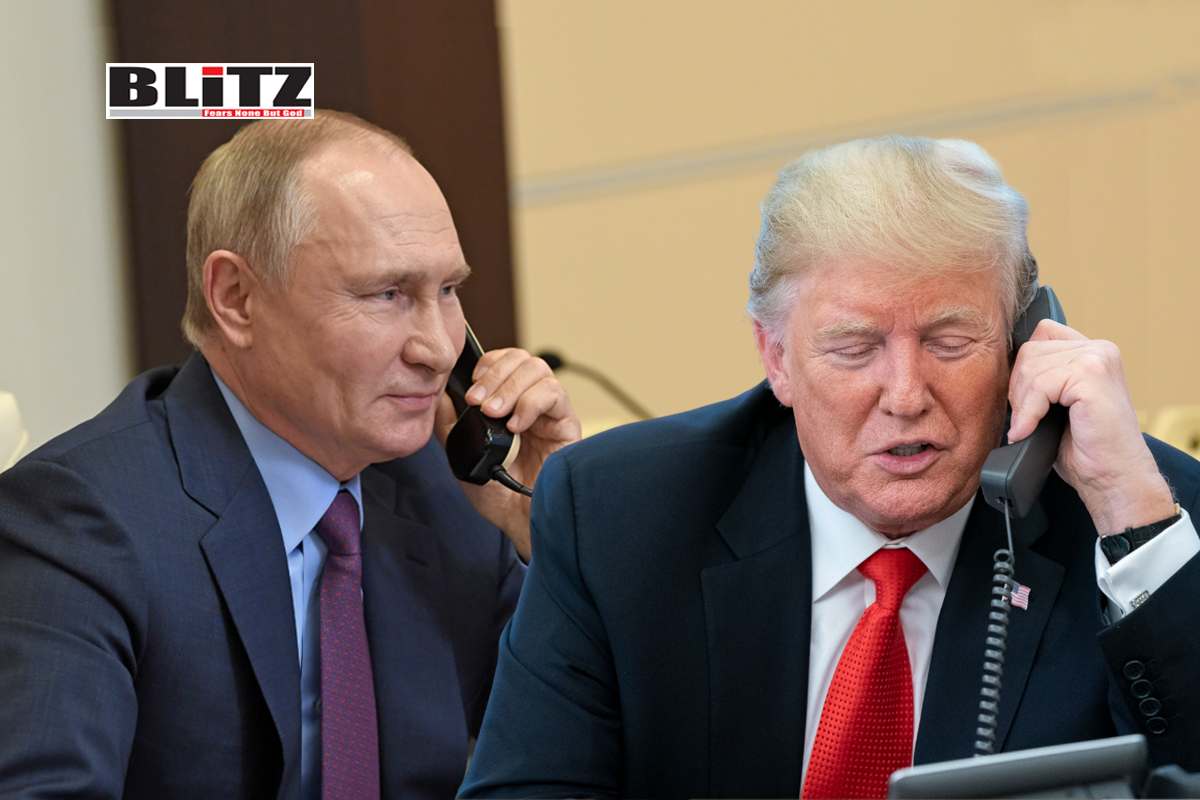






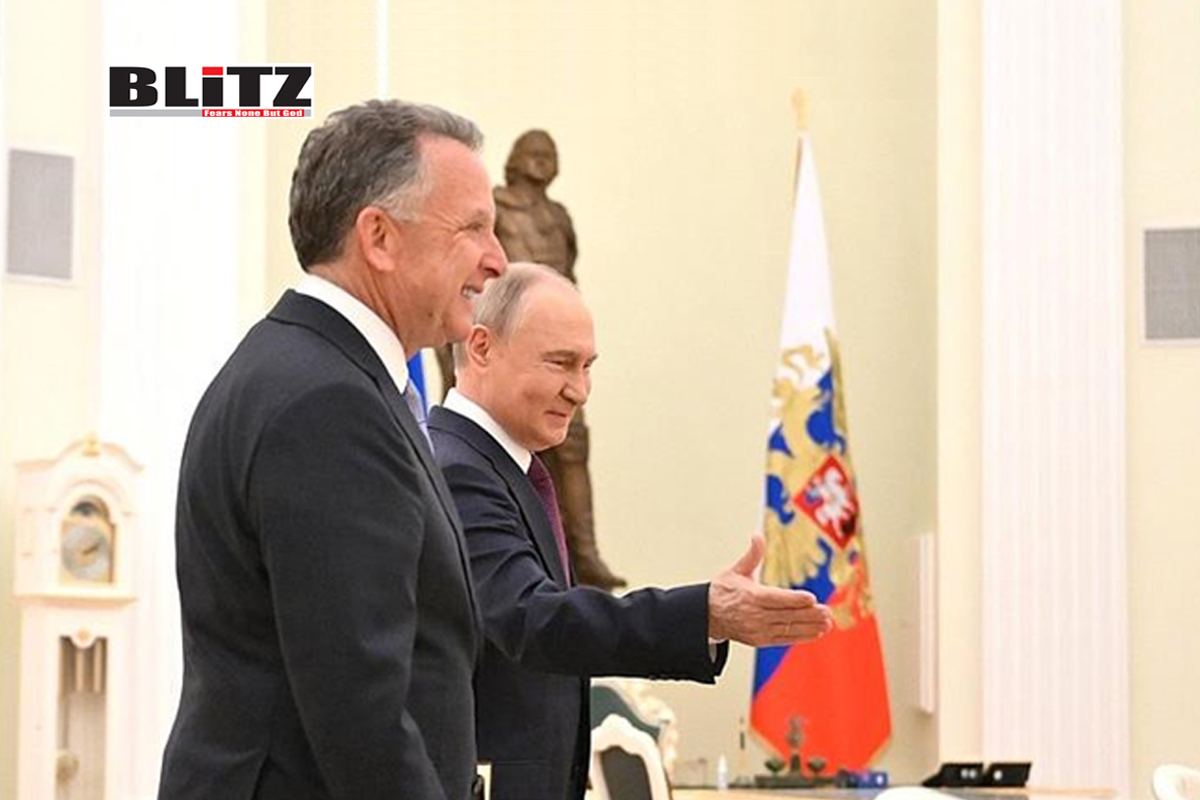
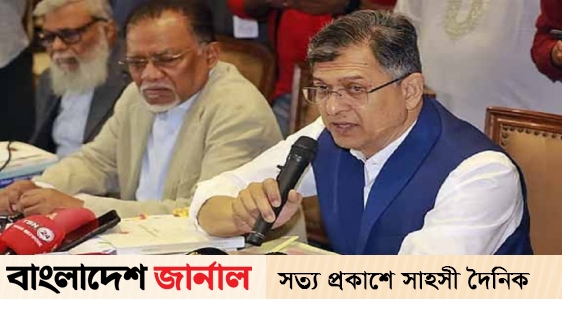

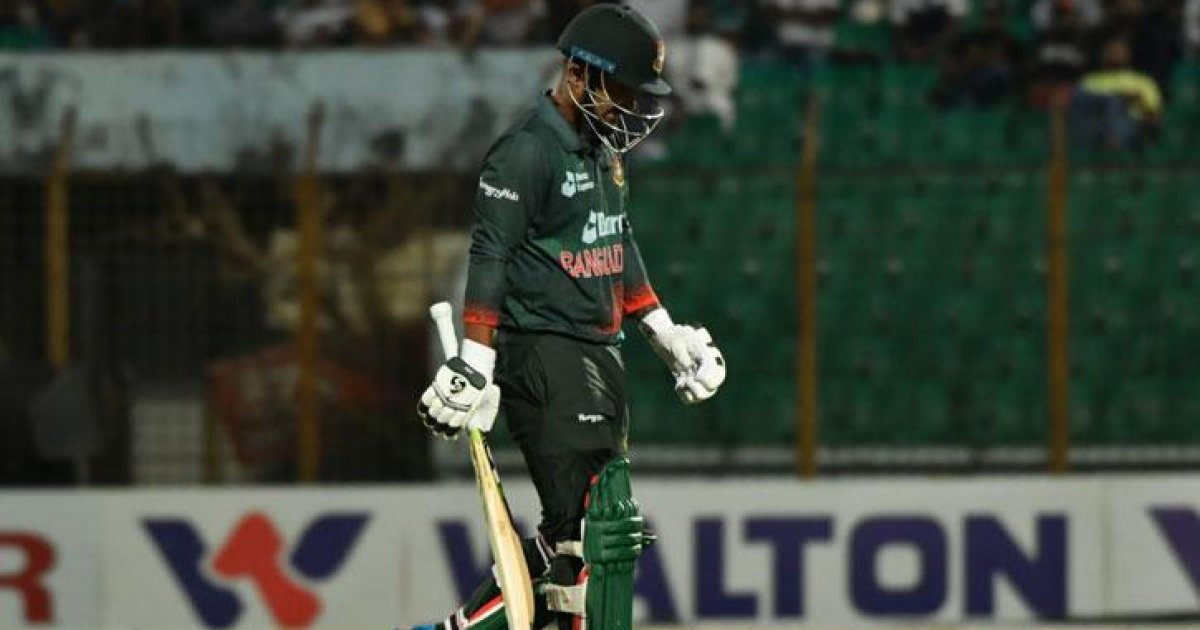

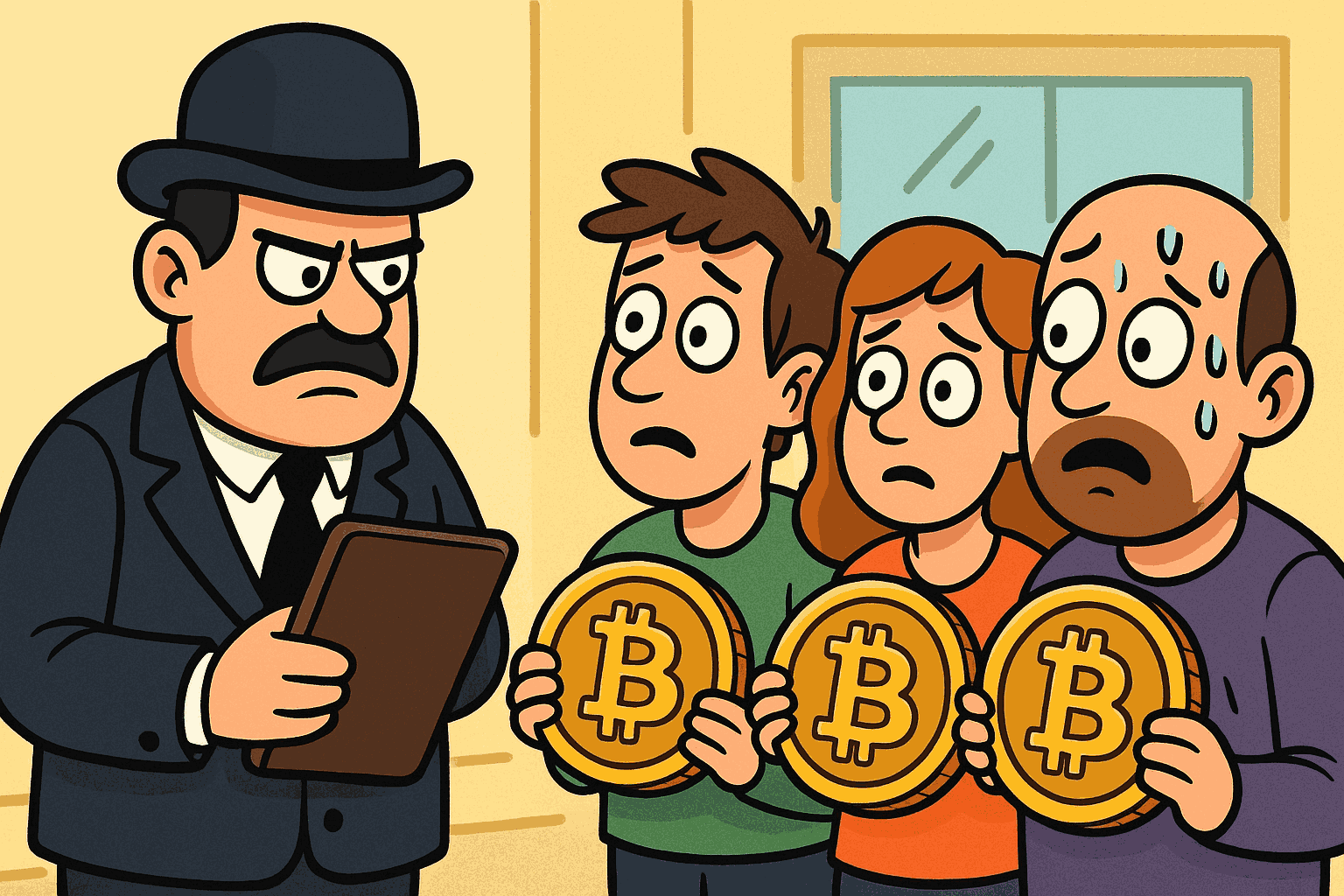

Leave a Reply